Dave Ramsey is a popular talk radio host for nearly two decades, giving out financial advice daily to his callers. Learn what he has to say about getting out of debt.
Dave Ramsey was earning a quarter of a million dollars a year and had a $4 million real estate portfolio when he was 26 years old. He lost everything two years later.
Today, Ramsey, 60, is regarded as one of America’s most dependable financial advisors. According to Ramsey’s website, his syndicated radio show, The Dave Ramsey Show, is one of the top five talk radio shows in the United States, with 13 million weekly listeners on more than 600 radio stations.
Ramsey is open about his investment philosophy. He advises his followers to avoid buying individual stocks and instead invest in mutual funds with a proven track record of success. Personally, his equity investments are allocated into four types of mutual funds:
- growth
- growth and income
- aggressive growth, and
- international growth.
Ramsey has a rental property portfolio in addition to mutual funds. His real estate investing concept is to purchase properties without using loan finance.
Since declaring personal bankruptcy in his early years, Dave Ramsey has come a long way. He’s living proof that anyone can recover from a difficult financial condition, with a net worth of $200 million. Ramsey amassed his first million, lost it, and then rebuilt an even larger fortune in a short amount of time.
Contents
#1. The Debt Snowball Method
The debt snowball approach is a debt-reduction strategy in which you pay off debt from smallest to largest, building momentum as you finish each balance.
When the smallest obligation is paid in full, the minimum payment on that debt is rolled into the next smallest debt payment.
This is how it works:
- List your debts from smallest to largest regardless of interest rate.
- Make minimum payments on all your debts except the smallest.
- Pay as much as possible on your smallest debt.
- Repeat until each debt is paid in full.
If your highest interest debt has the highest interest rate, it will be a long time before you see a dent in your massive debt. But if you adhere to the plan (without worrying about interest rates), you’ll get a kick out of paying off even the smallest debt quickly. That enthusiasm will drive you to keep working hard until you reach your goal of being debt-free.
#2. Take The Frugal Living Path
Frugal living, sometimes known as frugality, is defined as living well on a limited budget.
You spend less money than you earn and put the remainder aside. It’s all about making wise financial decisions with the resources you have. Get the most out of every dollar so you can save more money and pay off your debt.
If you want to pay off debt, invest for the future, finance a mortgage, or plan for your retirement, frugal living is crucial. Frugal living teaches you how to live within your means and save money so that you may do more with your money.
#3. Keep Things Simple
Consider doing it yourself before you spend the money on a new backsplash, expensive light fixture, or seat. The cost of materials and a quick Google or YouTube search can usually save you a lot of money on your most recent home improvement. In addition, you won’t have to pay someone to do something that you can probably do yourself.
However, if you’re the sort that can’t manage to nail it, you might want to enlist the help of a friend or neighbour so you don’t have to spend money on new drywall.
Also, instead of going out and buying something, borrow it from a friend or neighbour when you need to perform some DIY work (or any kind of work).
#4. Make A Budget
A budget is a set of guidelines for how you’ll spend your money. It gives you complete control over every dollar you make or spend.
Dave suggests using a zero-based budget to specify where every dollar should go before the month begins. This signifies that the difference between your revenue and your expenses is zero.
Remember how happy you were when you discovered $20 in an old coat pocket? When you make (and stick to) a budget, you’ll experience the same feeling. You’ll discover money you didn’t know you had—and develop riches in the process!
Step 1: Write down your total income.
This is your entire after-tax take-home pay for both you and your spouse if you’re married. Remember to include everything—full-time work, part-time jobs, freelancing earnings, and any other regular source of income.
Step 2: List your expenses.
Consider your normal bills (mortgage, electricity, etc.) as well as your irregular bills (quarterly payments such as insurance) due in the future month. Then tally up all of your other expenses, such as groceries, petrol, subscriptions, entertainment, and apparel. You should keep track of every dollar you spend.
Step 3: Subtract expenses from income to equal zero.
A zero-based or EveryDollar budget is one in which your income minus your expenses equals zero. You’ll know that every dollar you earn has a place in your budget if you do it this way. If you’re on the wrong side of the equation, double-check your math or go back to the previous step and try again.
Step 4: Keep track of your expenses.
Track your expenditures after you’ve created your budget. It’s the only way to determine if your expenditure matches your budget. EveryDollar makes keeping track of your costs (and budgeting for them) a breeze.
#5. Raise Your Income Ceiling Fast
Because most people only have one source of income — their job — losing their job is financially catastrophic. You don’t have to rely solely on your major source of income.
You can, and should, have a variety of sources of income.
Read more here about the 4 Different Types of Income you should have.
#6. Sell Your Car
Even in normal circumstances, cars are expensive not only to buy but also to own. If it’s possible to give up your car in favour of public transportation, cycling, or walking, doing so could be as beneficial to your financial health as quitting smoking is to your physical health.
#7. Cut Up The Credit Cards For Good
When faced with enormous consumer debt, cutting up your credit card not only serves as a compelling visual representation of your determination to pay off your bills but also serves as a tiny deterrent to utilizing your credit account(s) in the future.
Cutting up your credit card does not imply that your credit card account is closed. The plastic card is only a means of gaining access to your account’s available credit. If your credit card issuer notices you haven’t used your account in a while, they may give you a free replacement card at your next account anniversary.
You can also request a replacement at any time, albeit there may be a charge.
#8. Pay With Cash Using The Envelope System
The cash envelope system does exactly what it says on the tin. You divide your money into several envelopes according to your budget categories. Based on your spending goals, you’ll determine the exact amounts that go into each cash envelope. For example, you might allocate $300 to groceries and $150 to entertainment.
The key is that you’ll only be able to spend money from these envelopes for the budget category in question until the following budget cycle. Only your variable spending is covered by the cash envelope categories. This covers cosmetics, household goods, groceries, and entertainment.
You’ll be able to readily monitor how much you’re spending in each category if you use the cash envelope approach. You’ll be required to hand over cash in exchange for your transaction, rather than simply swiping your debit or credit card and forgetting about it. You’ll be more considerate of your cash when you’re physically handing it out, especially when compared to buying things online or using debit or credit when you don’t see your cash leave you.
#9. Stop Comparing Yourself to Others
If you’re having trouble achieving success in your own life because things are rough and you can’t see the light at the end of the tunnel, reconsider your definitions of success and happiness. It is up to you to define it. It’s a waste of time to compare yourself to others.
Conclusion
If you’re drowning in debt, Dave Ramsey recommends dealing with it bit by bit, instead of panicking. You’ll gradually dig yourself out from beneath all that debt. Follow the 9 tips listed here to help you on your way to a better financial health. Seek out a financial advisor to point you in the right direction and the light will always be at the end of the tunnel.
Been in debt before? Let us know in the comments down below.

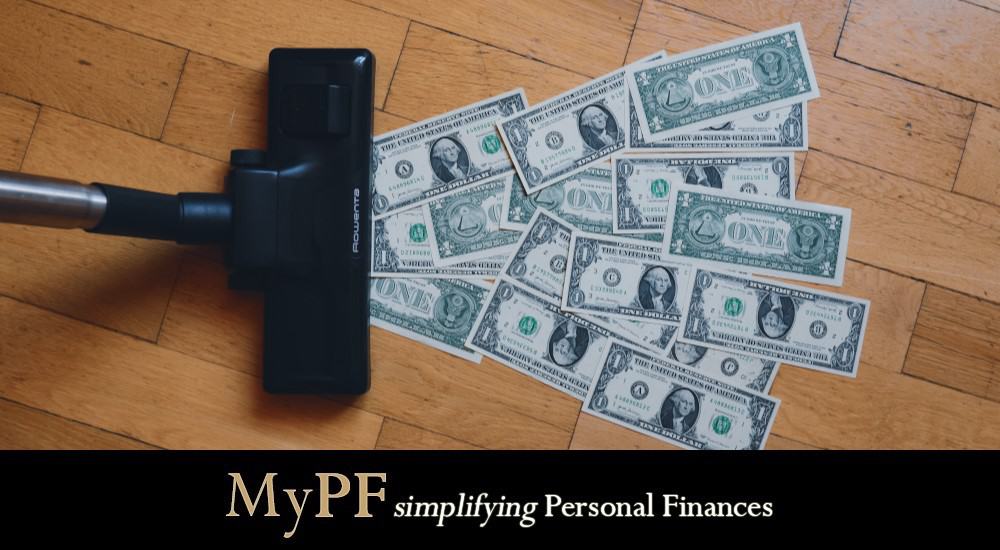



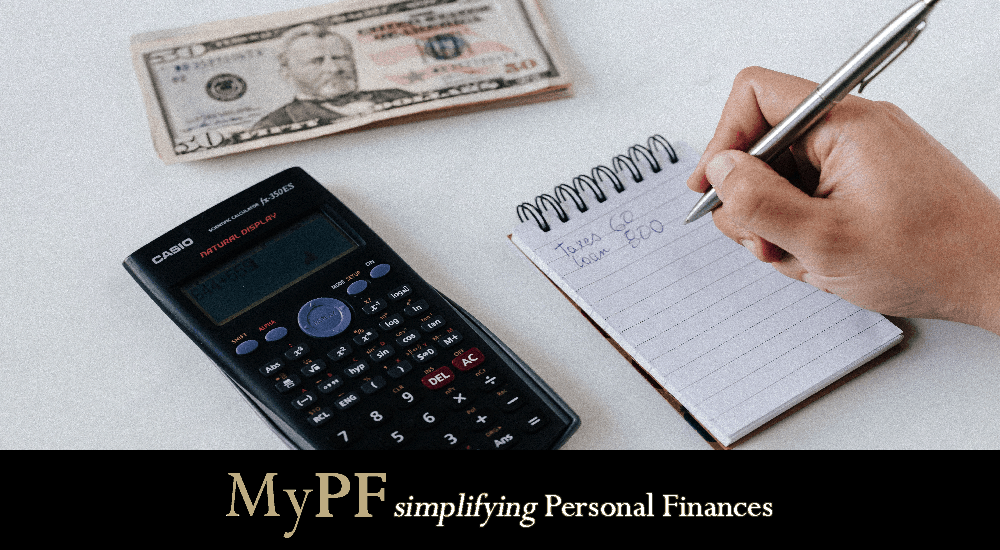


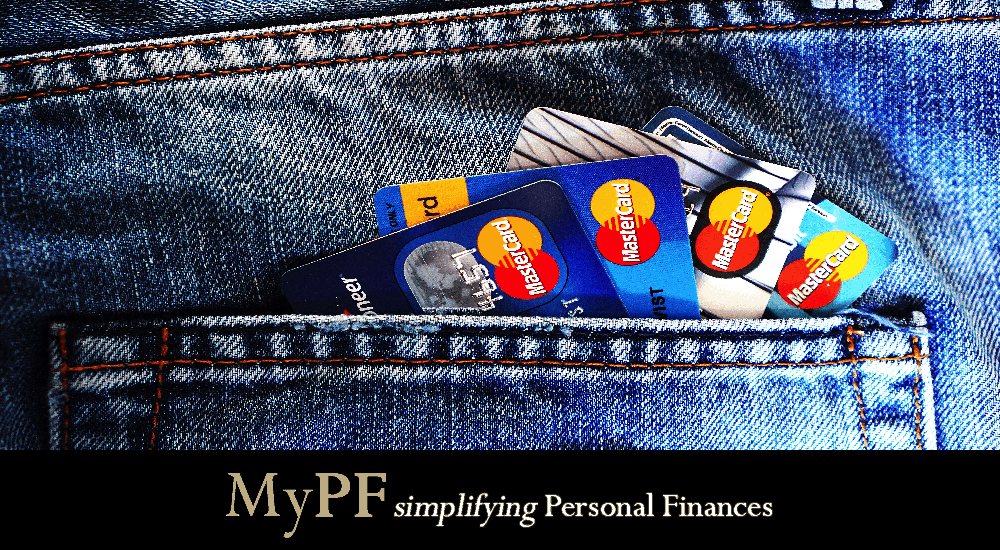



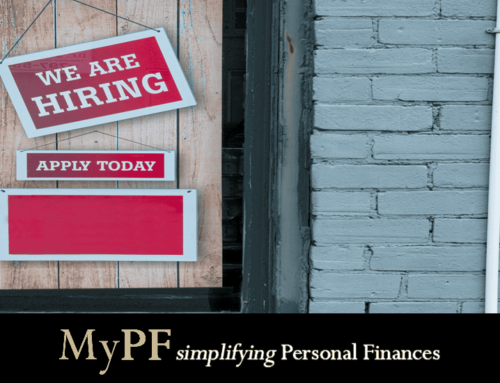
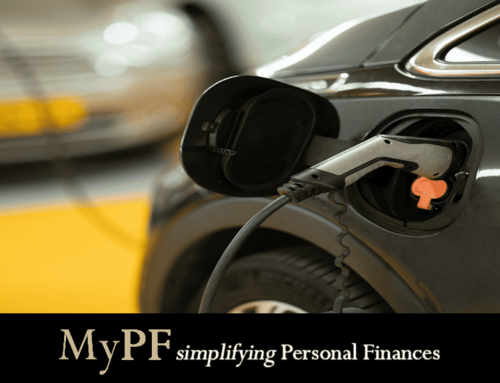

Leave A Comment